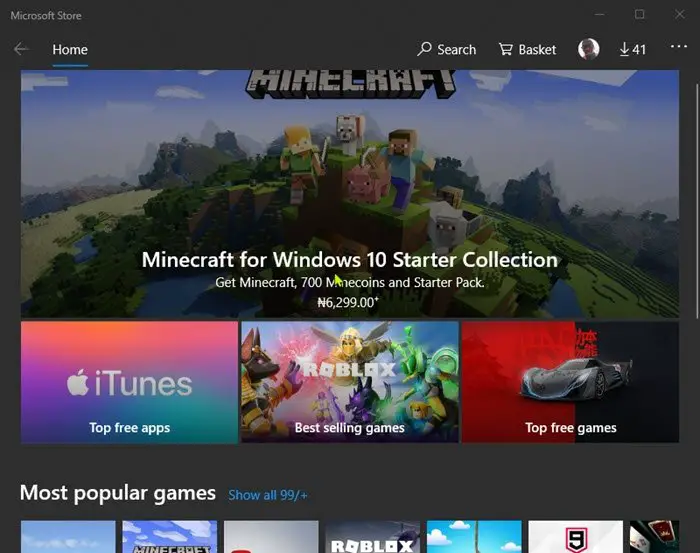Microsoft Store has nearly everything you could want for your Windows device, including the latest games, popular Movies and TV shows, creativity software, apps, and more. If a pre-installed Microsoft Store app gets removed after a user has logged on for the first time in Windows 10, and an Event ID 240 error is generated, see this will help you. In today’s post, we will provide the workaround to the issue of pre-installed Microsoft Store app is removed unexpectedly at first Windows logon by a user.

Microsoft Store app removed when a user logs in
You’ll experience this behavior if you had used a DISM command to deploy a Microsoft Store app in Windows 10. After a user logs on to the computer for the first time, the app is unexpectedly removed. Additionally, an Event ID 240 error is generated.
Add a switch to the DISM command
To work around this issue, add the following switch when you use the DISM command to deploy the app:
/Region:"All"
Deployment Image Servicing and Management (DISM.exe) is a command-line tool that can be used to service and prepare Windows images, including those used for Windows PE, Windows Recovery Environment (Windows RE) and Windows Setup. DISM can be used to service a Windows image (.wim) or a virtual hard disk (.vhd or .vhdx).
DISM in Windows 10 supports new features:
- Full Flash Update (.FFU): DISM supports the Full Flash Update (.FFU) format, which captures an applies an entire drive, including partition information. This can make deployment faster and easier.
- Capabilities: This new Windows package type allows you to request services like .NET or languages without specifying the version. Use DISM to search multiple sources like Windows Update or your corporate servers to find and install the latest version.
- Compress operating system and provisioning packages: Save space on a Windows image by running the operating system and other system files from compressed files. This replaces the WIMBoot features from Windows 8.1.
DISM comes built into Windows and is available through the command line or from Windows PowerShell.